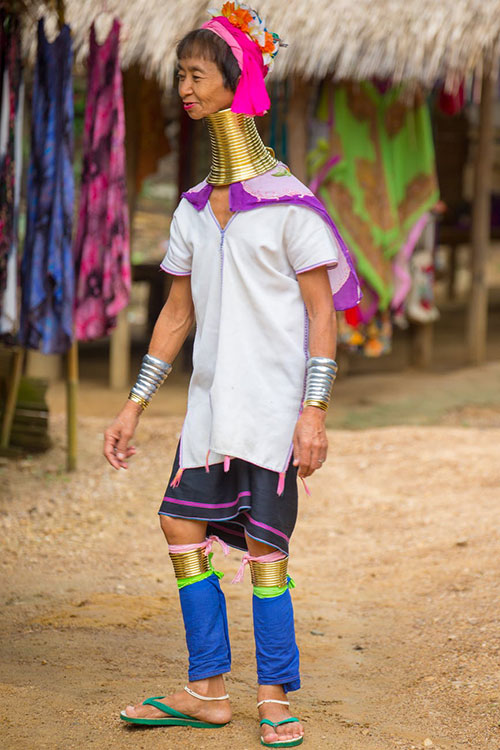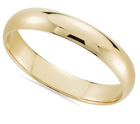 The Kayan people have striking traditions, very different from what we know and what seems normal to us. For example, women of this ethnic group wear brass neck rings throughout their whole lives, due to which their necks are lengthened and look bizarre. But this tradition is not the only one that can surprise and astonish. The Kayan wedding traditions are also rather odd and interesting.
The Kayan people have striking traditions, very different from what we know and what seems normal to us. For example, women of this ethnic group wear brass neck rings throughout their whole lives, due to which their necks are lengthened and look bizarre. But this tradition is not the only one that can surprise and astonish. The Kayan wedding traditions are also rather odd and interesting.
The Kayan people are an Asian ethnic group. Originally, they’re from Myanmar, but they live in Myanmar, Thailand, Vietnam, and the USA today. The population of Kayan people is around 130,000.
Among the Kayan people, it is typical for genetically related young men and women to get married. More than that, such marriages are encouraged. In the past, only relatives were allowed to be wed. Today, of course, society has developed and some wedding customs have changed, so they’re not as strict. But still, marriages between closely related men and women are encouraged, especially between the first cousins. Otherwise, it is believed that the couple will have bad luck in marriage.
Another curious wedding tradition of the Kayan people dictates that people from different generations can’t be wed. It’s taboo, for instance, to marry a man 20 years older than you are. And probably, that’s not a bad thing, is it?
Another forbidden thing is to marry an in-law. Or a person from a conflicting clan, especially when your ancestors swore not to marry for several generations – such a swear is sacred and the young have to respect it.

Originally, the Kayan young boys and girls had arranged marriages by their parents. These days, many couples have a say in it and choose their partners by themselves.
By the way, one of the theories as to why the Kayan women wear neck jewelry to make their necks longer is because of a hyperbolized desire to emphasize the slenderness and beauty of female necks that are thinner and more delicate than male ones.
When the Kayan couple gets married, the wife usually moves to her new husband’s house. Before the wedding, the groom pays the dowry to the bride’s family, and this dowry actually depends on where the newlyweds are going to live. If the groom moves to the bride’s house, he pays less. This dowry includes a so-called “milk compensation”, a silver coin or little buffalo is paid to the mother of the bride for breastfeeding the girl when she was a baby. Very often, this payment is kept to pay for the funeral when the bride’s mother passes away.

